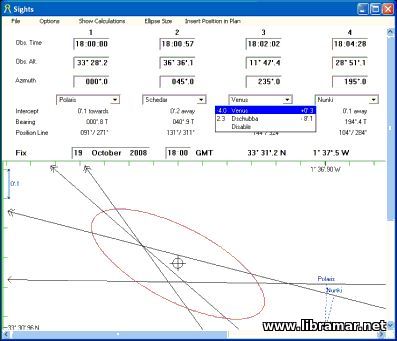GAS CONCENTRATIONS IN THE INSULATION SPACES OF MEMBRANE LNG CARRIERS

| Author(s) | SIGTTO |
| Publisher | SIGTTO |
| Date | 2007 |
| Pages | 77 |
| Format | |
| Size | 2 Mb |
| D O W N L O A D | |
The first three decades of the LNG industry, i.e. until the end of the 1990s, were dominated by base load projects with long-term sale and purchase and associated shipping contracts, typically of 20 years duration. With such arrangements the project partners had an equity share or knowledge in all facets of the project, from gas gathering to gas distribution, including shipping.
Furthermore, their technical staff had a detailed knowledge and familiarity with all the individual sections of the contractual chain. By the end of the 20th century, however, a short-term or "spot" market was starting to develop within the industry. In this market LNG vessels are hired on "spot" and "short-term" charters, with the charterer often having little or no knowledge of the history of such vessels. This has led to charterers and buyers and sellers of the cargoes drawing upon their oil industry experience and insisting on vetting these vessels prior to accepting them.
This has occasionally raised questions about aspects of the vessels' operation and maintenance that partners in the original long-term projects had previously understood and accepted. One area, unique to the LNG trade, in which this has occurred is the maximum, operationally acceptable, gas concentration to be found in the insulation spaces of the cargo containment system of the membrane-type liquefied natural gas carriers, particularly those of older design.
The "Read Later" function allows you to add material to this block with just one click. Just click on the icon and read the articles that interest you at any convenient time.


